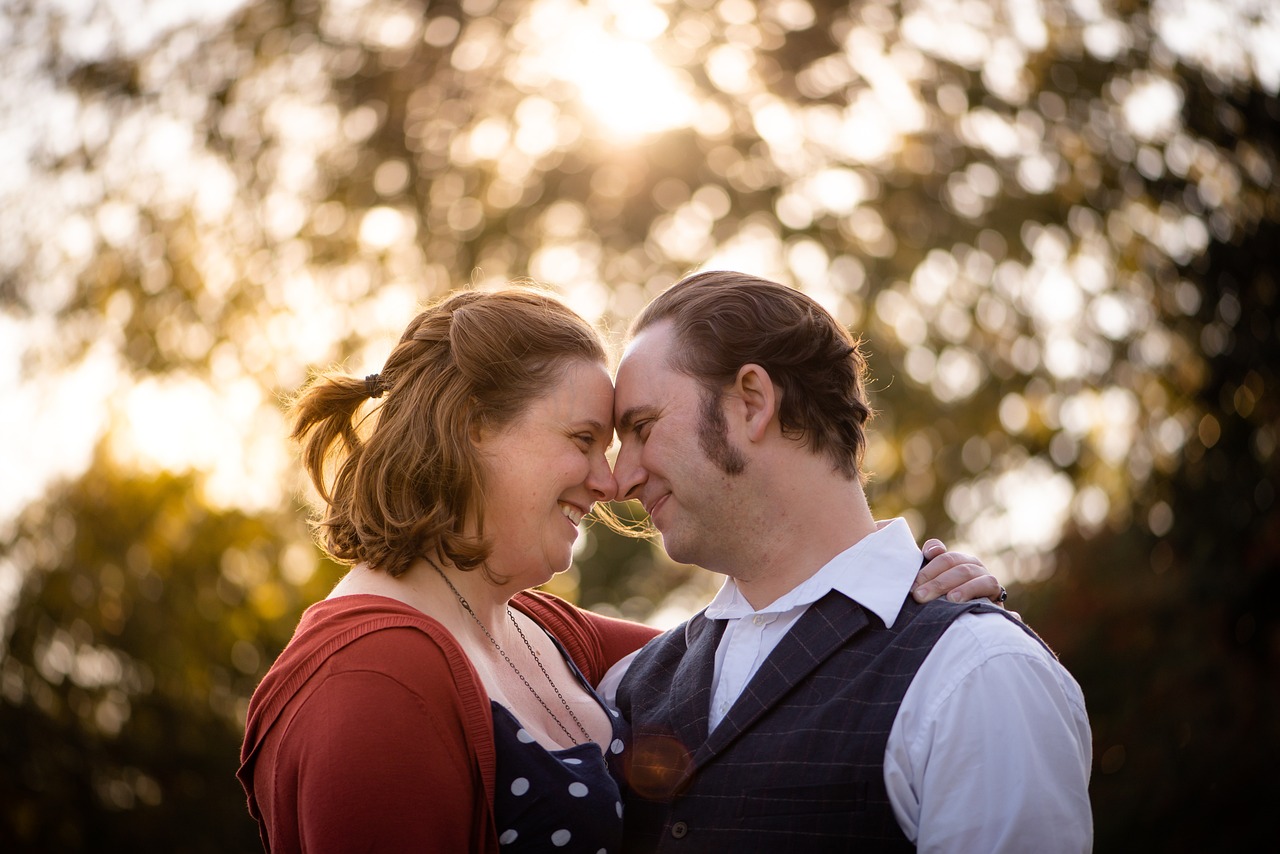“`html
The journey of a relationship is a beautiful tapestry woven from shared experiences, challenges, and profound growth. From the exhilarating moments of falling in love to the deeper layers of commitment, each phase plays a crucial role in shaping the bond between partners. In this blog post, we will explore the different stages of a relationship journey, providing insights, examples, and actionable tips to help navigate each step with grace and understanding.
The Stages of a Relationship Journey
1. The Initial Attraction
The relationship journey often begins with a spark—an initial attraction that draws two people together. This stage can be marked by excitement and endless possibilities.
- Physical Attraction: Often the first step, where chemistry ignites the connection.
- Shared Interests: Discovering common hobbies and values that foster deeper conversations.
Example: At a mutual friend’s party, Jane and Tom bonded over their love for hiking, leading to more outings together.
2. Building Emotional Connection
As the relationship progresses, emotional intimacy becomes paramount. This stage involves sharing personal stories, dreams, and vulnerabilities.
- Open Communication: Establishing trust through sincere conversations.
- Support: Being there for one another during challenging times.
- Make time for regular heart-to-heart discussions.
- Practice active listening to show understanding and empathy.
3. Navigating Challenges
No relationship journey is devoid of challenges. Addressing conflicts positively is crucial for growth.
- Identify Triggers: Acknowledging what issues tend to arise in discussions.
- Stay Respectful: Maintain kindness even in disagreement.
Actionable Tip: When conflicts arise, employ “I” statements to express feelings without casting blame, e.g., “I feel hurt when…”
4. Committing to Each Other
After overcoming challenges, many couples choose to deepen their commitment. This phase signifies a serious intention to stay together for the long run.
- Defining the Relationship: Having conversations about exclusivity and future aspirations.
- Building a Shared Vision: Setting mutual goals for the future, such as travel, living arrangements, or family planning.
Example: Ella and Mark decided to move in together after discussing their long-term relationship goals, enhancing their connection.
5. Growth and Transformation
With commitment comes the potential for personal and relational growth. This stage emphasizes continuous learning about each other.
- Encouragement: Supporting each other’s personal goals fosters growth.
- Adapting Together: Life changes require flexibility and understanding.
Statistics: According to a 2022 survey, couples who actively engage in shared goals report higher relationship satisfaction (76% vs. 55%).
Conclusion
The relationship journey is a dynamic and evolving process comprising various stages—each presenting unique challenges and opportunities for growth. By understanding and embracing these stages, couples can cultivate deeper connections and navigate through life’s complexities together.
Key Takeaways:
- Recognize the importance of initial attraction and emotional connection.
- Develop conflict resolution strategies to navigate challenges effectively.
- Communicate openly about commitments and future aspirations.
- Support each other’s growth for a thriving relationship.
Ultimately, every relationship journey is unique. Embrace your path, and enjoy the adventure of love!
“`






